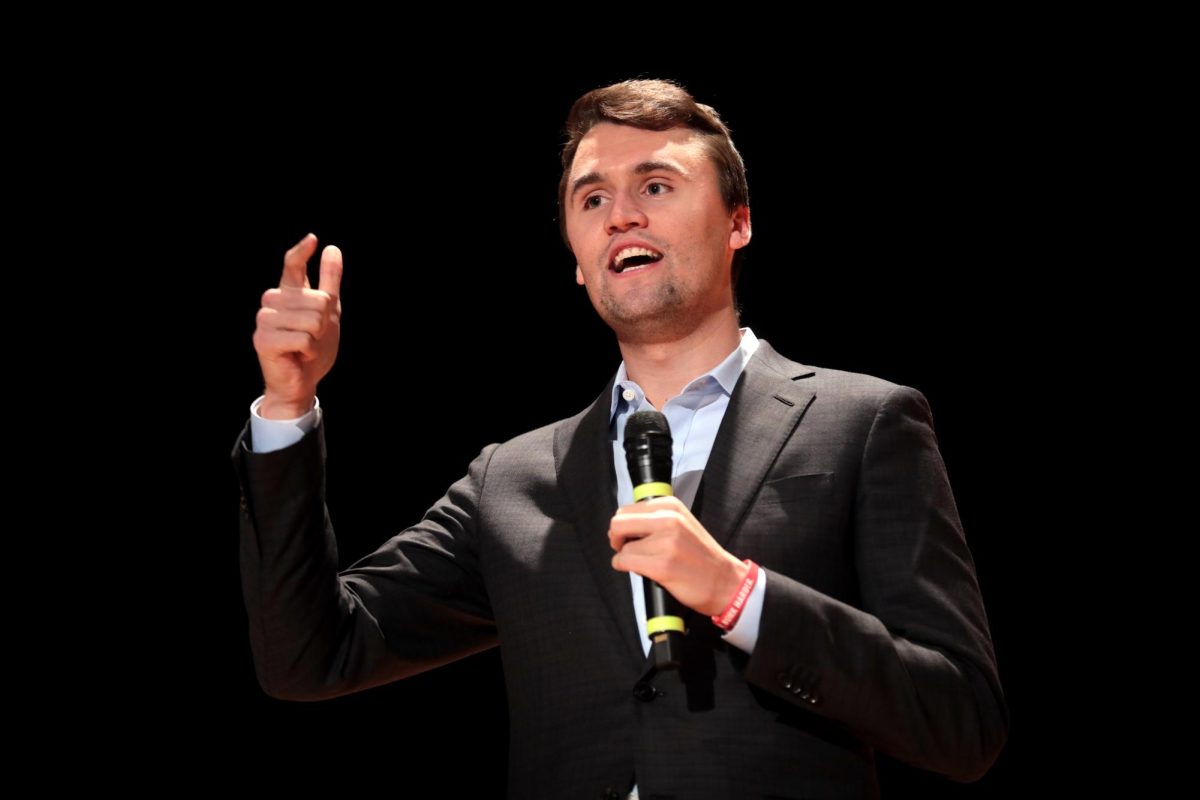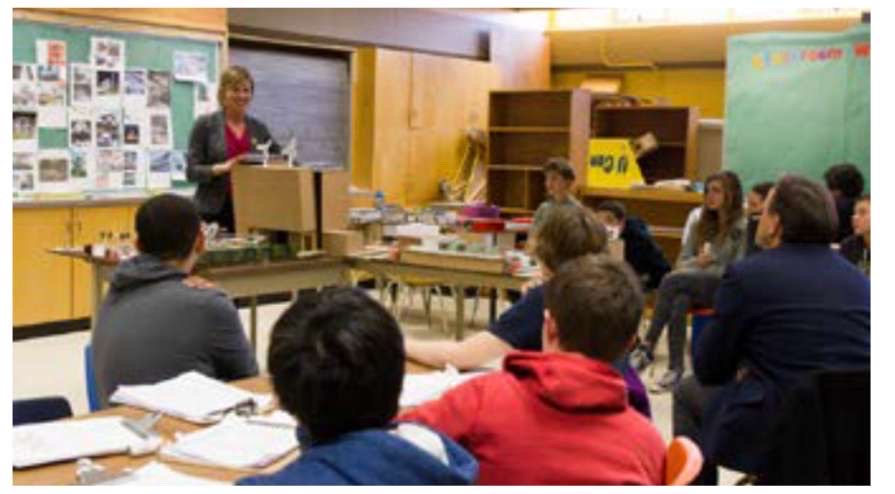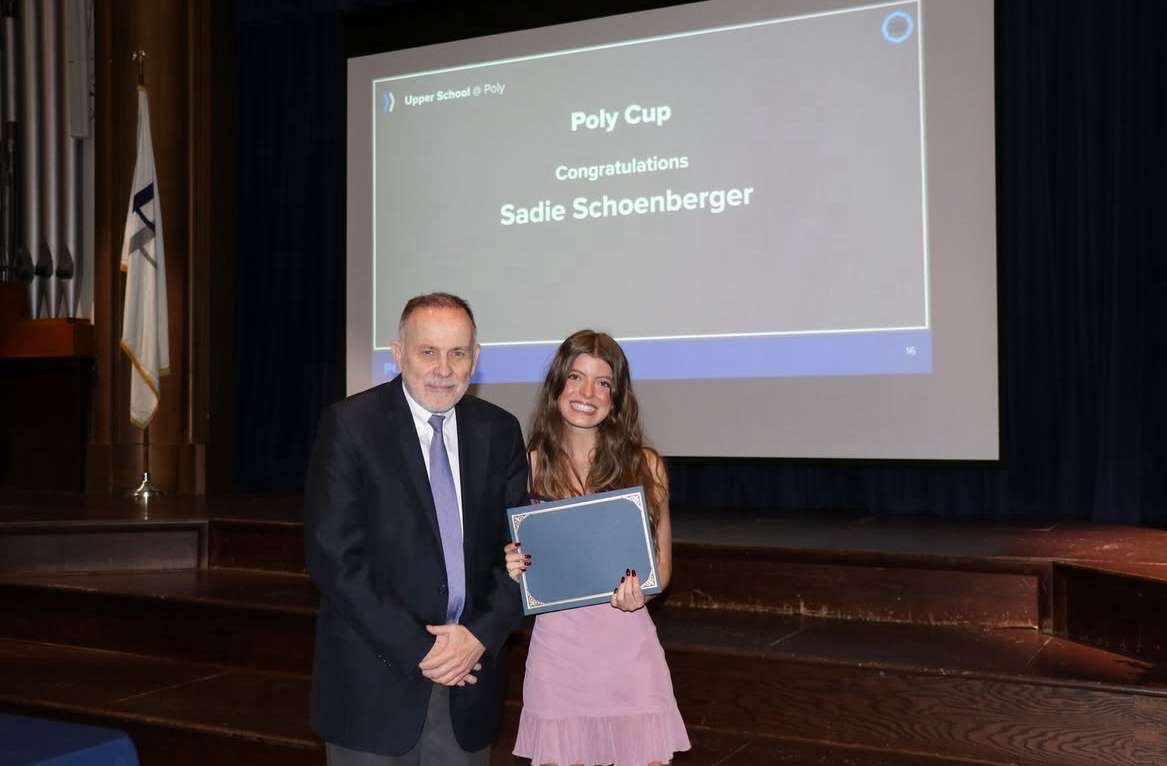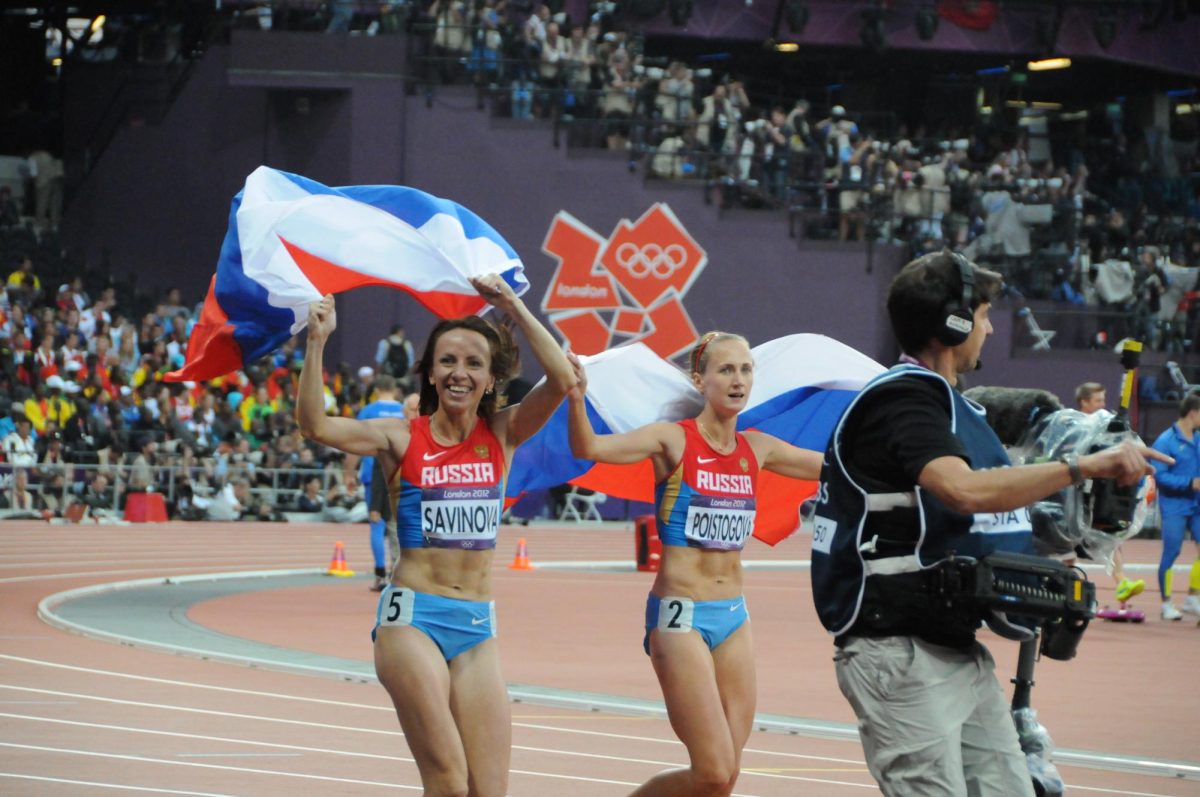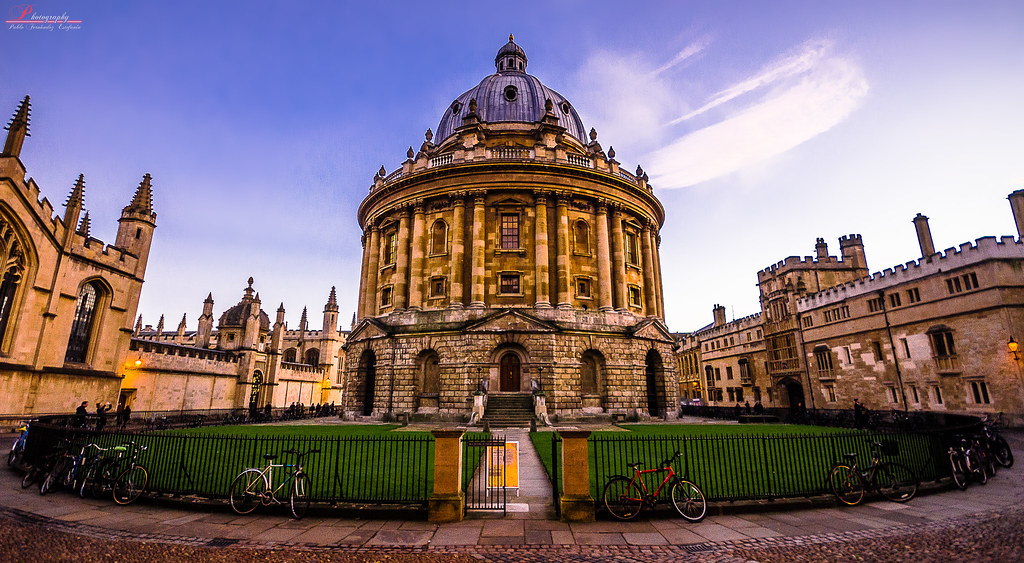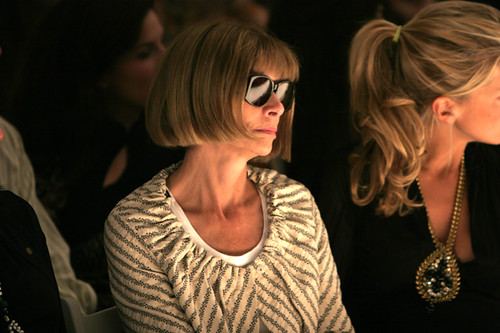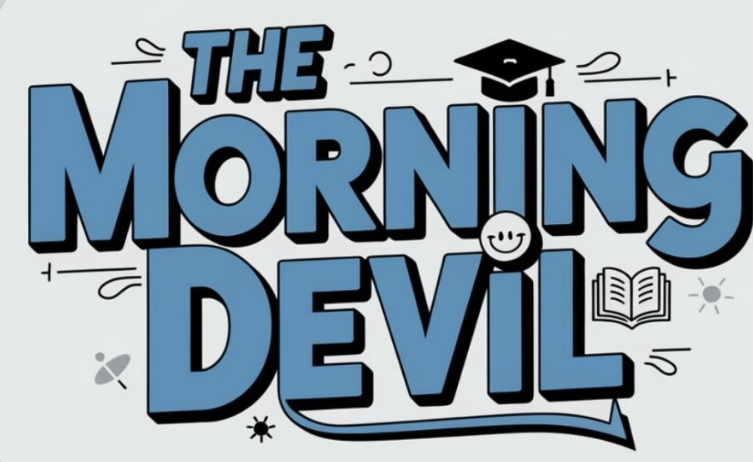“I wanted to dance more than anything. And I didn’t see the financial sense or gains, [I] just wanted to be a performer, and that passion is what made me gain all the knowledge I needed,” said Samuel Turner, an Upper School dance teacher at Poly Prep. Turner can often be seen wearing his form-fitted black tees, matching black sweatpants, and a black hat to pull it all together. Every day, Turner sits in his new shared office connected to the brand-new dance studio. When Turner isn’t working on his computer, you can find him in the dance studio choreographing new pieces in many different dance styles or teaching those pieces to his students.
Turner has been heavily involved in the arts since a young age; however, the “passion,” (as Turner calls it), that he feels now when performing has not always been there. Turner was originally involved in music and played the trombone at an art school in Florida. Turner had always been intrigued by dance; however, since there seemed to be no opportunities, and no one he watched looked like him, he channeled his time into the saxophone.
Turner’s upbringing was very religious, meaning Turner would often be at church, singing and playing the saxophone. “In the church, they had something called praise dance and miming, and I saw someone do phrases, and I was like, oh, I can do that, and then I had the opportunity to choreograph something,” said Turner. He noted, “that was kind of my first identity with dance.”
Since Turner began dancing at church, he jumped at any opportunity he could get to dance. While there were very few opportunities in a Florida farm town, when there was one, Turner would take it. “I saw a talent show of a kid doing a solo [dance], and it was amazing, and I wanted to be able to do that. And so I made the switch,” said Turner. This switch was very difficult for Turner. However, all the effort to make the switch was well worth it. He expressed that it “felt like I was nervous and anxiety-ridden all the time [when playing the saxophone]. And for some reason, when I saw dance or went into dance, I didn’t have the same feeling.”
After switching from saxophone to ballet, Turner had a lot of work to do. He had to get to the same level as his peers in a short amount of time if he even wanted to consider a career involving dance. Turner recalls that he “had other male dancers-friends who started when they were four.” Despite the fact that all the other dancers were so much more experienced, in just a few years, Turner was able to catch up because of his strong passion for dance.
Turner worked tirelessly throughout his high school career to eventually dance professionally and went to Indiana University to study dance and kinesiology, which brought him one step closer to his dream. During his last year at Indiana University, Turner discussed his future in dance with one of his professors. Turner was told to reconsider ballet because ballet dancers at the time were European, looking taller and more slender, “here I was an African American male and very muscular. So she recommended that I go do modern dance,” Turner said.
“If I were trying to make it in the career of dance, I would try to [work] towards Alvin Ailey. Alvin Ailey is a really good dance company, but they primarily only do modern style dancing, and they do ballet, but their main focus is on the African or all the cultural diasporas,” added Turner. Due to the fact that he had spent years working on his specific ballet techniques, he was frustrated to hear this.
Despite his professor’s discouraging recommendation, Turner pursued ballet, which changed everything. “I went and did what I was training [for] and desired to do, and I was able to work in that field. I toured throughout the United States dancing ballet professionally,” said Turner. Turner moved from Indiana to Chicago to New York, where he worked on different projects. Toward the end of his dance career, Turner eventually auditioned for the Radio City Christmas Spectacular. “I didn’t get it on the first try, I got it on the third year,” said Turner. Once Turner received the call that he had booked Radio City, the prep began. “Over the summer, they send you to boot camp,” explained Turner. Once everybody was trained, the shows began. “The contract started as early as November 1, and then you go all the way till January 1.”
Turner’s Notable works include The Radio City Christmas Spectacular, Cirque du Soleil, Iphigénie en Tauride at Lyric Opera of Chicago, and Orfeo ed Euridice at The MET, according to Joffrey Ballet School.
“As the years progressed and as I got older, I had to make that sort of decision. I wouldn’t even call it a switch because I know some professional dancers, friends who were Rockettes for 20 years, who don’t dance at all anymore.” This was when Turner decided to start changing his main focus to teaching dance. This was the optimal decision for Turner because, this way, he could still incorporate dance into his everyday life.
“I’m pretty fortunate in the sense where I’m still working in the field that I worked professionally in as an artist, and now I’m here, trying to teach it.” Turner now can offer his professional perspective to students, devoting “his energy to empowering minds to find their own path and remain steadfast despite hindrances or obstacles. He encourages his students to strengthen their ability to express themselves through movement efficiencies within the language,” according to Poly Prep Country Day School’s website. The encouragement and time Turner sets aside for his students can greatly impact them as dancers and as people. Turner is also an inspiration and role model to those who do not see many dancers who look like themselves, as he once felt.
“Disciplined, playful, and serious” is how colleague Michael S. Robinson described Turner. These words were definitely exemplified throughout the stories Turner shared while sitting in his perfectly neat office. “When you can perform, and you can dance, you can get those endorphins that feed your soul; I think that’s the kind of thing that we want to steer towards,” said Turner.

